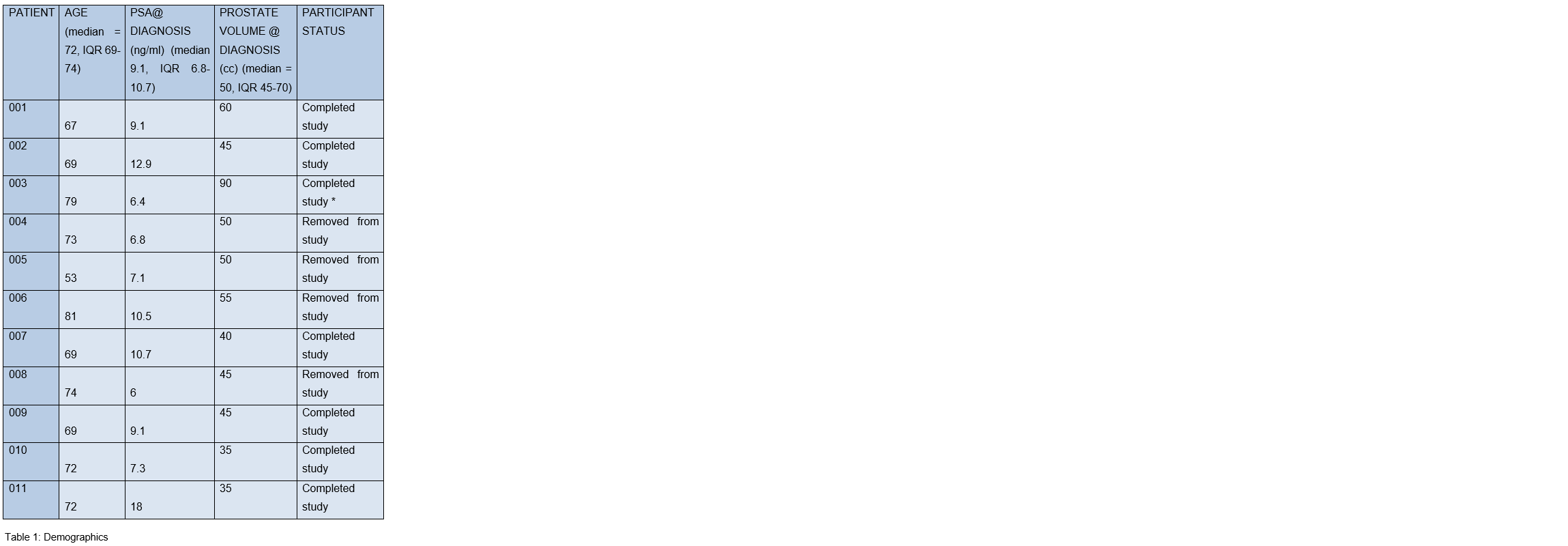A feasibility study on RayPilot® real-time motion management for margin reduction in prostate SBRT.
William Nailon,
United Kingdom
PO-1857
Abstract
A feasibility study on RayPilot® real-time motion management for margin reduction in prostate SBRT.
Authors: Susan Adamson1,2, Duncan McLaren2, William Nailon2
1Edinburgh Cancer Centre, Department of Therapeutic Radiography, Edinburgh, United Kingdom; 2Edinburgh Cancer Centre, Department of Clinical Oncology, Edinburgh, United Kingdom
Show Affiliations
Hide Affiliations
Purpose or Objective
Intra-fraction
motion remains an important consideration in stereotactic body irradiation
(SBRT) for prostate cancer because of the risk of serious adverse effects. With
10-year mortality less than 5% for low- and intermediate-risk patients, and a
significant increase in the use of SBRT, robust techniques for reducing these
effects are required. The aim of this study was to assess the potential of the
RayPilot® real-time motion management system for monitoring
intra-fraction motion and consequently for margin reduction, which would lead
to reduced side-effects.
Material and Methods
Radiotherapy
planning computed tomography (CT) images, treatment plans and cone beam CT
(CBCT) images were collected at each fraction (N=5) of SBRT (36.25 Gy in 5
fractions) treatment for low- (N=7) to
intermediate-risk (N=4) prostate cancer patients
(Table 1). Inter-fraction motion displacements in the lateral, longitudinal and
vertical planes were recorded every second by the RayPilot® system and used as
input to the van Herk margin formula (VHMF) to establish a set of new planning
target margins. All patients were replanned on the Varian Eclipse treatment
planning system (TPS) using
the original fractionation schedule and a new schedule (24 Gy in 3 fractions)
based on the new margins. Dose coverage was
assessed for the clinical target volume (CTV), rectum and bladder.
Results
Using
this approach the planning margins were reduced from 1.0 cm to 0.67 cm in the
lateral, 1.0cm to 0.67 cm in the longitudinal and 0.8 cm to 0.67 cm in the vertical
directions, which were found to provide adequately dosimetric coverage of the
CTV whilst accounting for inter- and intra-fraction motion on each patient. In
addition there was a mean reduction in overall volume irradiated of 37.1% (min 32.4% and max 39.9%)(Table 2) . For both the original
fractionation schedule and the new schedule organ-at-risk (OAR) toxicity was
within tolerance.


Conclusion
This
pilot study demonstrates that data using the RayPilot® device it is
possible monitor intra-fraction motion and as a result reduce treatment margins
and subsequently SBRT fractions. However, analysis is required on a much larger
cohort before any reduction in margins can be recommended.